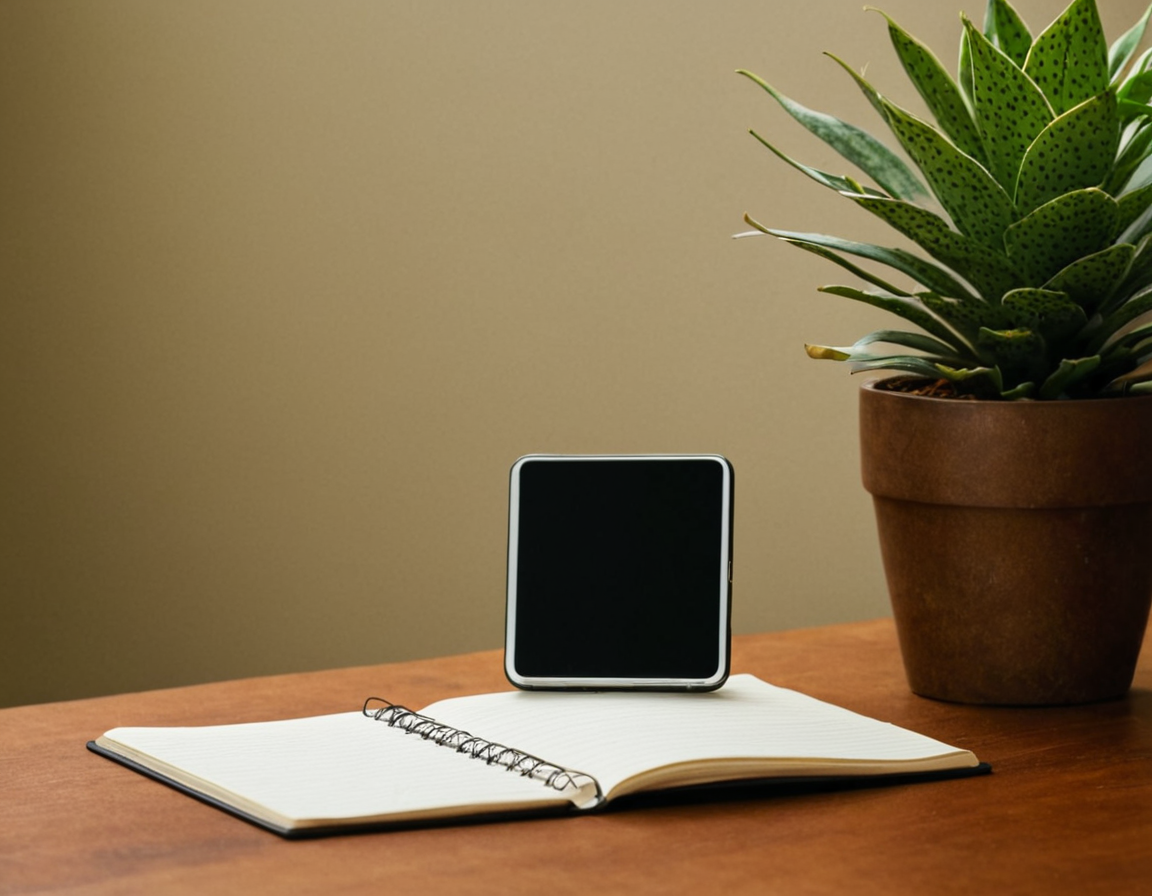Smartphone Stock Photo Tips

Introduction to High-Quality Stock Photos on Your Smartphone
With the rise of digital media, high-quality visual content has become increasingly important for businesses, individuals, and organizations seeking to establish a strong online presence. One effective way to achieve this is by creating compelling stock photos that showcase products, services, or ideas in an engaging and professional manner. In this article, we will explore the world of smartphone photography, providing tips, tricks, and best practices on how to take high-quality stock photos using your mobile device.
Understanding Your Smartphone’s Camera Capabilities
Before diving into the nitty-gritty of taking great stock photos, it is essential to understand the capabilities of your smartphone’s camera. Most modern smartphones feature advanced camera systems with features such as HDR, portrait mode, and optical zoom. However, these features are only as good as the device itself and the photographer’s skill.
To get started, let’s examine some key factors that affect image quality:
- Resolution: The megapixel count of your camera may seem like a good indicator of image quality, but it is not the sole determining factor.
- Lens Quality: A high-quality lens can significantly improve image sharpness and reduce distortion.
- Noise Reduction: This feature helps to minimize grain or noise in low-light conditions.
By understanding these factors, you can make informed decisions about your camera settings and composition to achieve better results.
Composition and Lighting
Composition is a critical aspect of photography that involves arranging elements within the frame to create a visually appealing image. When it comes to stock photography, this means creating images that are engaging, yet respectful of the subject matter.
- Rule of Thirds: Divide your screen into thirds both horizontally and vertically, placing important elements along these lines or at their intersections.
- Leading Lines: Use leading lines to guide the viewer’s eye through the image, creating depth and interest.
- Symmetry: Symmetrical compositions can be aesthetically pleasing, but avoid mirror imaging, as it may come across as insincere.
Lighting is another critical aspect of photography that can make or break an image. Natural light is always the best option, but when shooting indoors, consider using the following techniques:
- Softbox Lights: Softbox lights provide a soft, diffused light that reduces harsh shadows and highlights.
- Backlighting: Backlighting can create interesting effects by separating your subject from the background.
Editing and Post-Processing
Post-processing is an essential step in creating high-quality stock photos. While some editing software may be necessary to enhance images, there are also many free resources available online that can help you achieve professional-looking results without breaking the bank.
- Adjusting Exposure: Make sure the exposure is correct by adjusting the brightness and contrast sliders.
- Color Grading: Use color grading tools to create a consistent aesthetic throughout your portfolio.
- Noise Reduction: Apply noise reduction techniques to minimize grain or noise in low-light conditions.
Conclusion and Call to Action
Taking high-quality stock photos on your smartphone requires a combination of technical knowledge, creativity, and practice. By understanding your camera’s capabilities, mastering composition and lighting techniques, and editing post-processing skills, you can create stunning images that capture the attention of your audience. Remember, consistency is key – keep practicing and pushing yourself to improve.
And most importantly, don’t forget to check out some amazing resources on photography online for inspiration, tutorials, or even a course.
About Sebastian Taylor
I'm Sebastian Taylor, a photographer and blogger passionate about sharing inspiring stories, expert tutorials, and game-changing tools for creative photographers on lentecreativa.com. With years of experience in capturing stunning images, I help artists elevate their craft and bring their vision to life.
